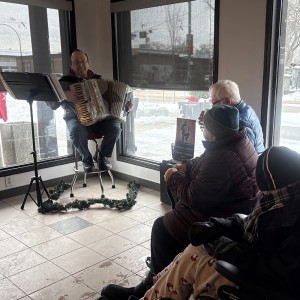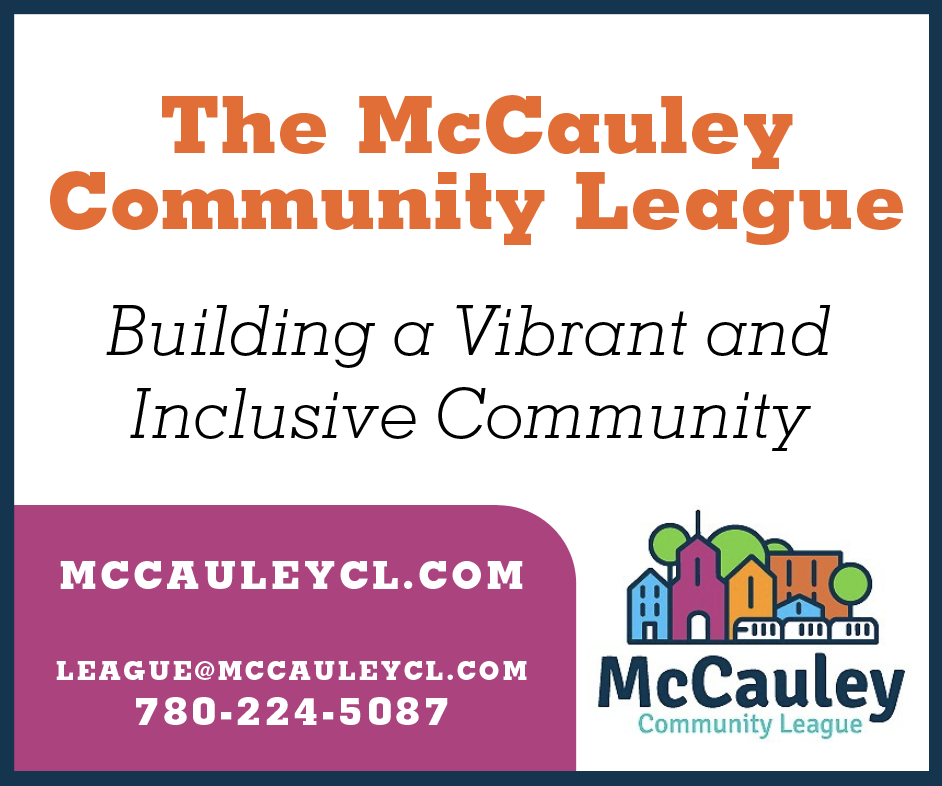Atonement Home Demolished
Memories still haunt many who stayed there as children.

Juanita Murphy was always haunted by bad memories when she passed the Atonement Home on 92nd Street and 110th Avenue on her way to medical appointments. December 20th was different. The building was being demolished. Old wounds ripped open as she could see into the bowels of the structure.
“I suffered various forms of abuse at the hands of nuns and priests, all in the name of ‘God’,” she recalls. “I am grateful that it’s over, and my inner child is safe. I am glad to see it go, but the memories will always linger.”
Atonement Home was a Catholic boarding school opened by the Franciscan Sisters of the Atonement in 1928. It became a temporary residence for children aged three to 12 while they awaited either return to their families or placement in foster care. It closed as a children’s residence in 1988.
Atonement Home was not added to the list of residential schools recognized by the Indian Residential Schools Settlement Agreement because it was not federally funded. Alberta Children’s Services was responsible for placing children there.
After 1988, the Franciscan Sisters Benevolent Society operated a number of programs, including a day care and Head Start program. The building later became known as the Franciscan Centre.
Catholic Social Services acquired the land in 2024 with plans to expand housing supports for vulnerable Albertans.
The demolition came as a surprise to many in McCauley and beyond. On December 28th, activists April Eve Wiberg and Stephanie Harpe organized a “flash rally” at the site for survivors, their children, and supporters. Stephanie was 10 when she and her brother were taken to the Atonement Home. “As they break this place and as it crumbles, I let it do that to me for a short while but I took back my healing, I took back my power. I took back my place. I ignited my home fire, my spirit,” she said.
“I choose not to be that rubble. Today I take back that hurt. Today I take back my spirit, and that’s all that matters. It’s a beautiful, powerful day.”
Clinton Marty spent seven years at Atonement Home. “We were all children, innocent children," he said.
"There is a lot of hidden history here . . . to bring light in any form is necessary for people to wake up and see what happened. There’s neighbours here who never knew what happened in this building. The memories will live with me. My children and grandchildren will always remember to tell the stories of abuse.”
April Eve Wiberg’s siblings spent time at Atonement Home. She said, “I’ve seen the lifelong harm. It ends here with us. We have to get these stories out.”
Catholic Social Services provided an email statement to Boyle McCauley News explaining it did not make a public statement in order to protect the safety and security of clients and staff in nearby programs. The transfer of the property was marked in a gathering with an Elder and CSS staff where the Elder guided reflection on the aspirations for vulnerable Albertans who will be served by the new facility. CSS envisions the new building as a vital community resource, providing 33 suites and access to wraparound services.
Kate Quinn lives in McCauley, a few blocks from the former Atonement Home. She is one of many neighbours who did not know what happened inside until she and Juanita Murphy worked together at CEASE (Centre to Empower All Survivors of Exploitation and Trafficking).
Paula E. Kirman is the Editor of Boyle McCauley News.







